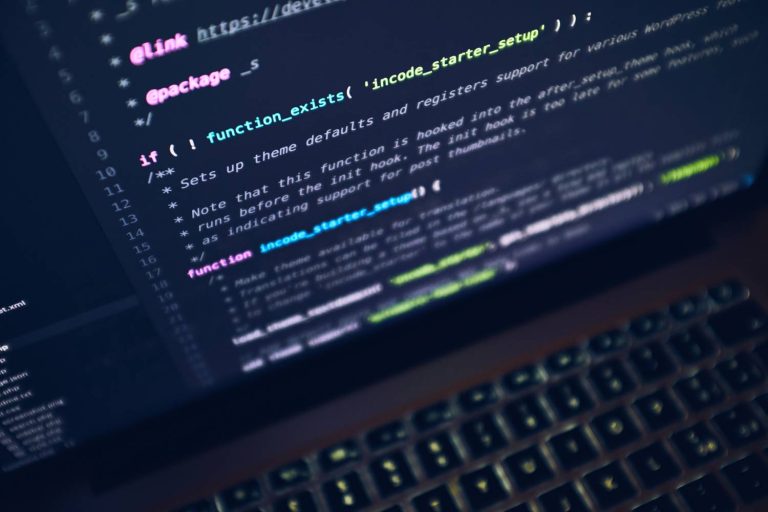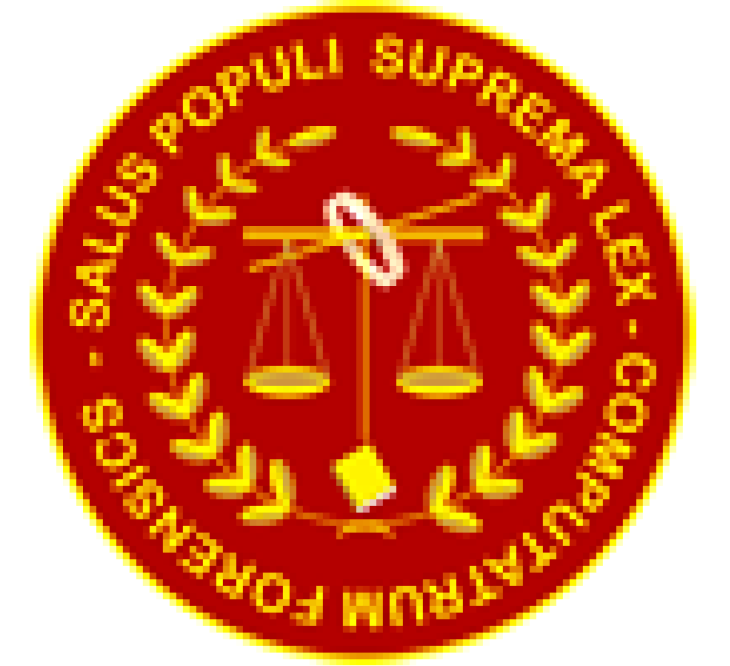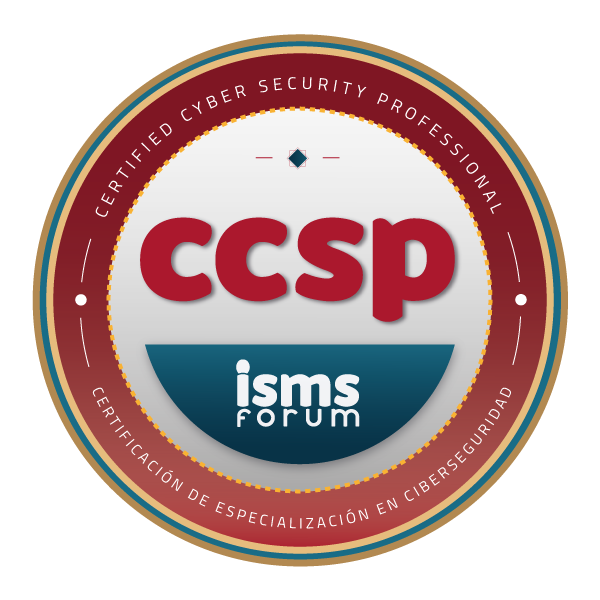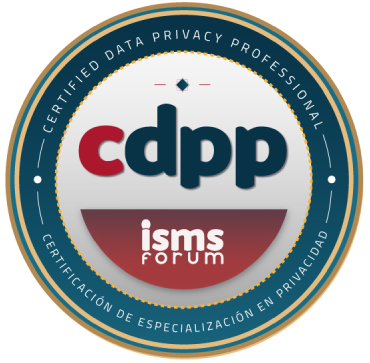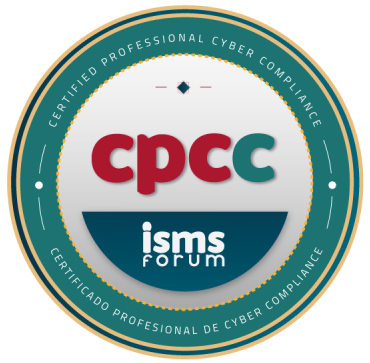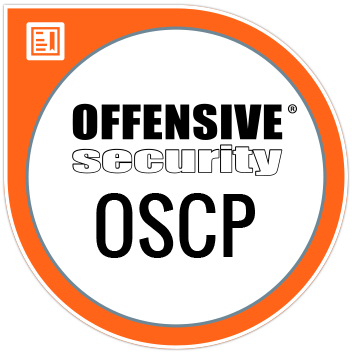Programming logic
Programming logic is the foundation of programming. A set of rules and concepts that They are used to organize and plan the instructions of a program. Without a good understanding of the logic programming, it is impossible to write programs that work correctly.
Programming logic is based on the principles of mathematical logic, which is the study of the form and validity of arguments. The basic concepts of programming logic include the following:
• Variables: Variables are used to store data.
• Constants: Constants are data that do not change.
• Operators: Operators are used to perform mathematical and logical operations.
• Expressions: Expressions are combinations of variables, constants, and operators.
• Sentences: Statements are instructions that the computer executes.
• Control structures: Control structures allow you to control the flow of execution of a program.
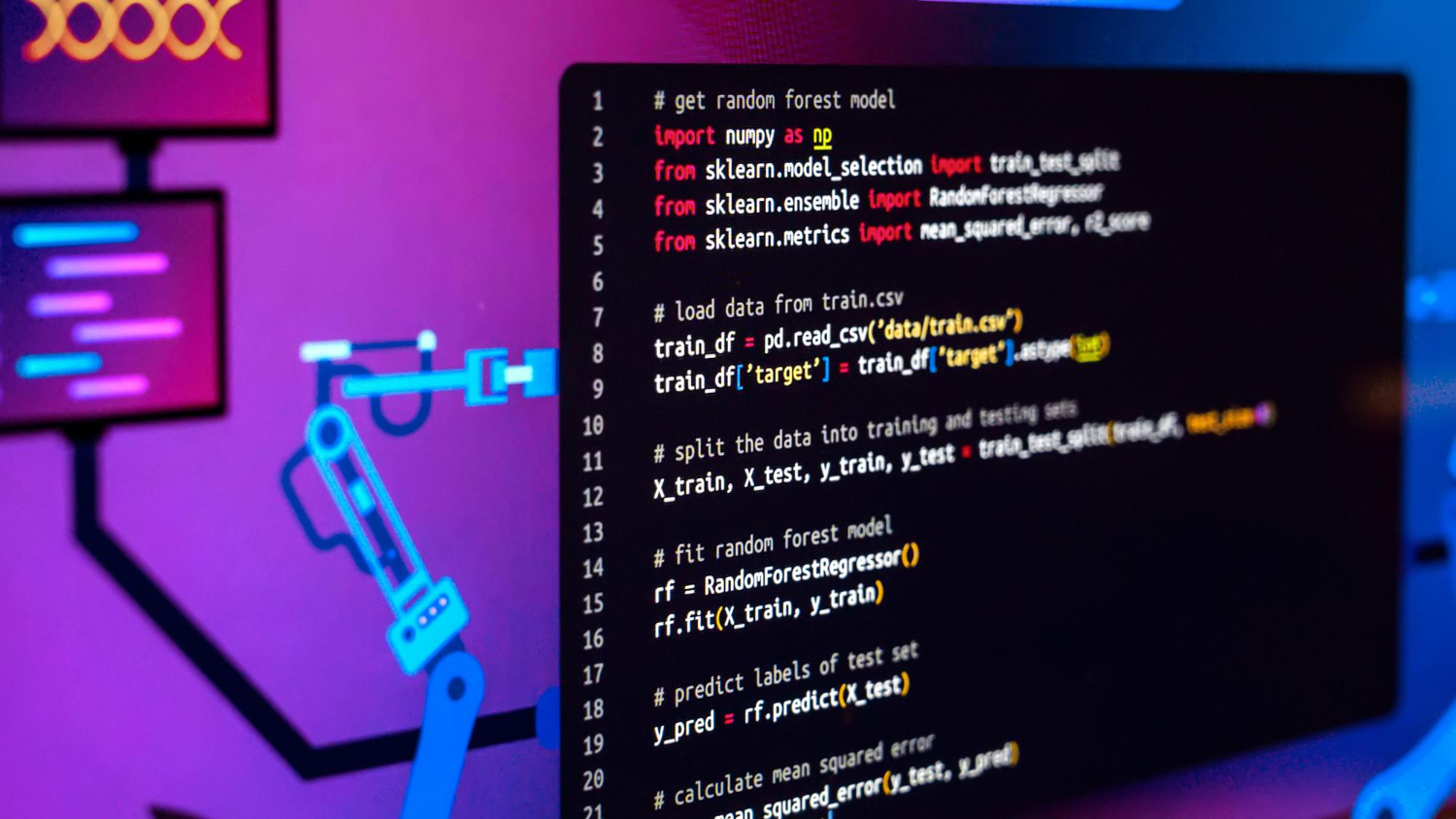
Variables and constants
The variables They are memory spaces used to store data. Variables can be declared using the following format:
data_type variable_name;
The constants They are data that does not change. Constants can be declared using the following format:
const data_type constant_name = value;
For example, to declare an integer constant with the value 10, you would use the following code:
const int CONSTANT_NUMBER = 10;
Operators
Operators are used to perform mathematical and logical operations. The most common mathematical operators are:
• +: Addition
• -: Subtraction
• *: Multiplication
• /: Division
• %: Module
The most common logical operators are:
• &&: Logical and
• ||: Logical OR
• !: Negation
Expressions
Expressions are combinations of variables, constants, and operators. Expressions can be used to calculate values or to perform logical tests.
For example, the following expression calculates the square of a number:
number * number
Sentences
Statements are instructions that the computer executes. The most common statements are:
• Assignment: Assigns a value to a variable.
• Entrance: Reads user data.
• Exit: Writes data to the screen.
• Function call: Calls a function.
Control Structures
Control structures allow you to control the flow of execution of a program. The most common control structures are:
- Sequential statement: Statements are executed in sequence.
- Conditional statement: The execution of the program is based on the value of an expression.
- Repeat statement: Program execution is repeated until a condition is met.
Programming logic in practice
Programming logic is used in all branches of computer science. For example, it's used in the development of web applications, mobile apps, operating systems, databases, and more.
To improve programming logic, it's important to practice problem-solving. A good way to do this is to solve programming problems. It's also important to study the fundamentals of mathematical logic.
Final Conclusions
Programming logic It is a fundamental tool for any programmerWithout a good understanding of programming logic, it is impossible to write programs that work correctly.
Here are some tips to improve your programming logic:
• Practice problem solving. Find programming problems online or in books. Try solving them on your own and then compare your solutions with those of other programmers.
• Studies the foundations of mathematical logic. Mathematical logic is the foundation of programming logic. Understanding the fundamentals of mathematical logic helps you better understand and assimilate the concepts of programming logic.
• Read other programmers' code. Observe how other programmers solve problems. This will give you ideas on how to solve problems yourself.
By following these tips, you'll be able to improve your programming logic and become a better programmer. If you have any questions or concerns about our training, don't hesitate to contact us. contact with us.

